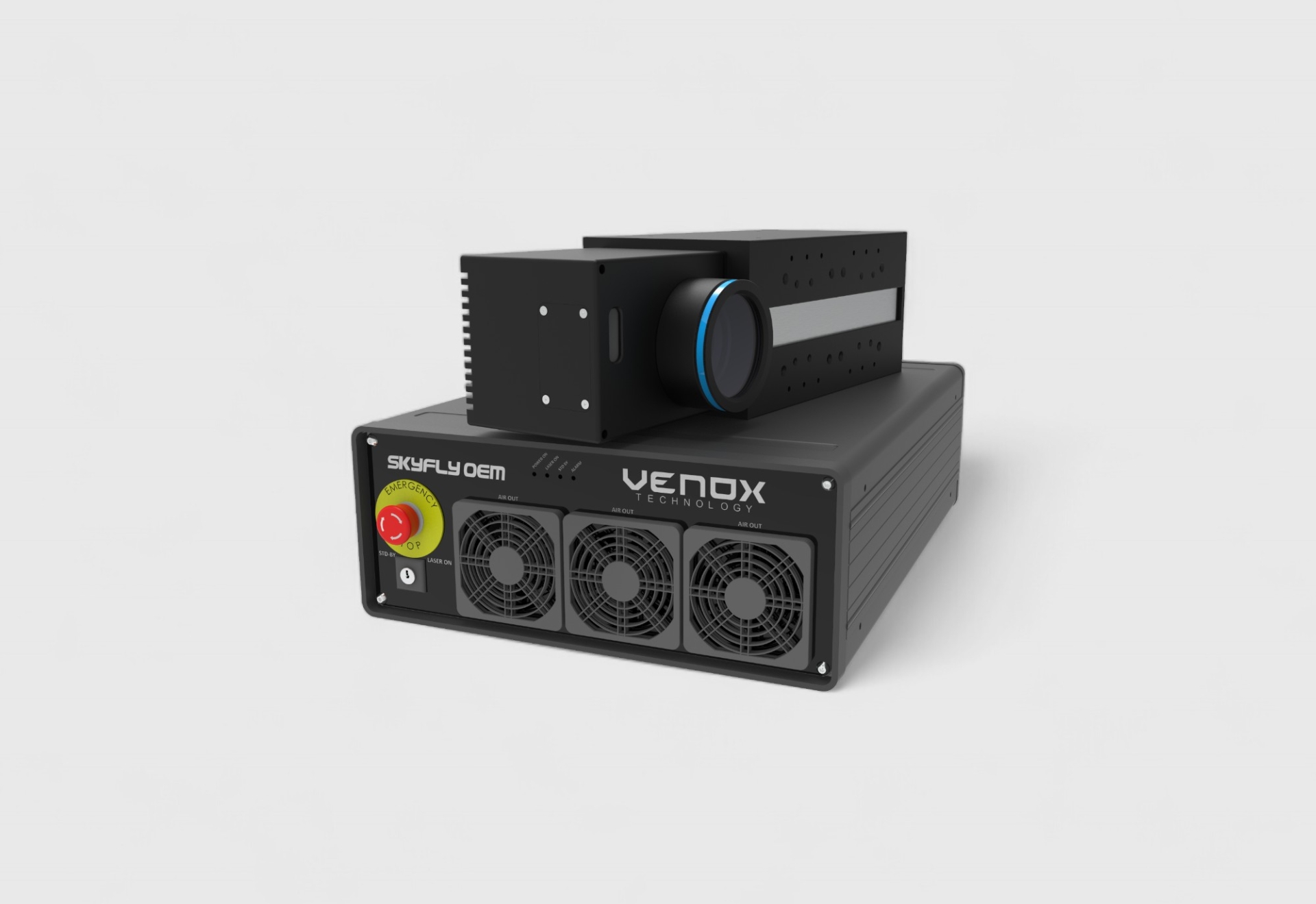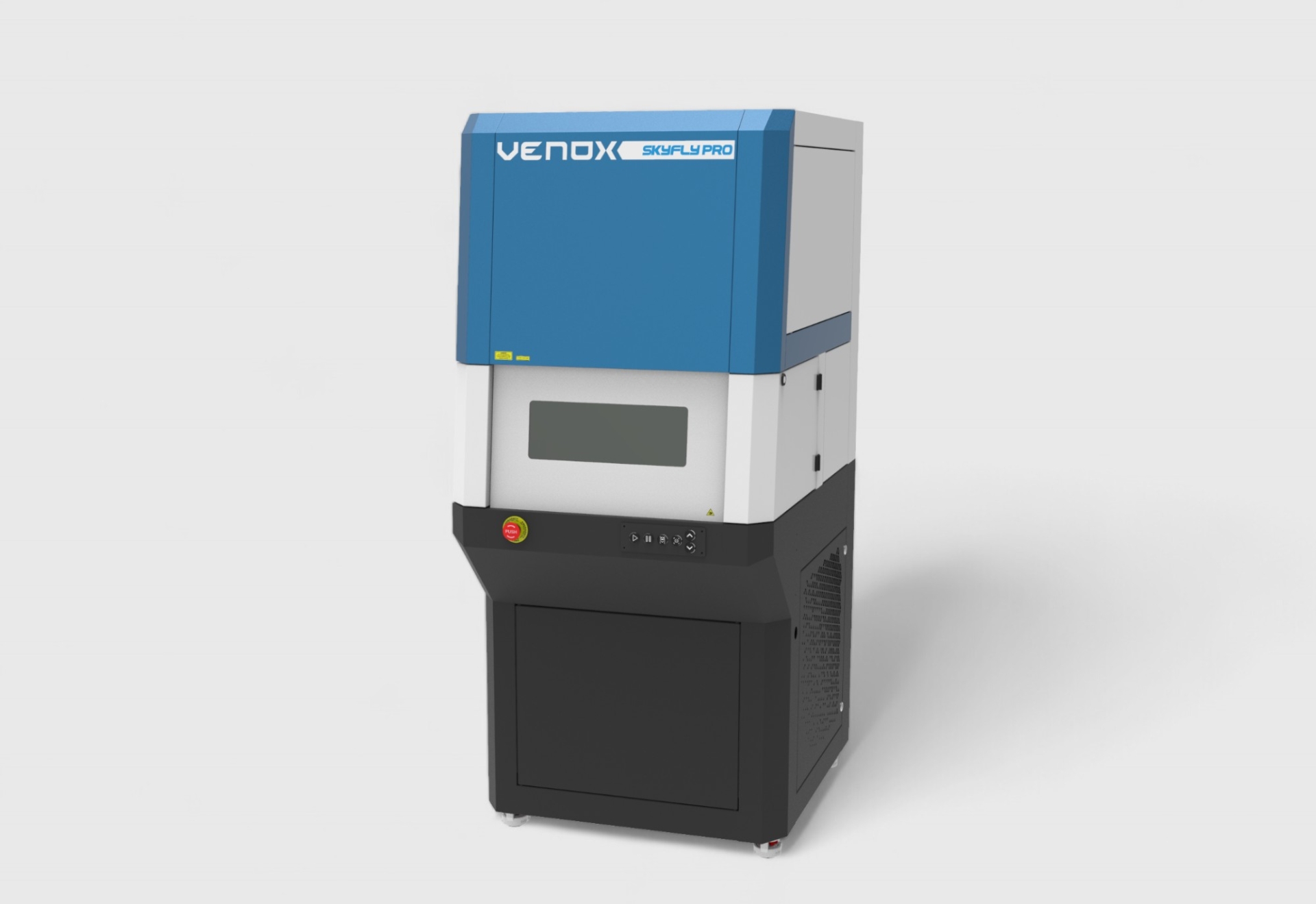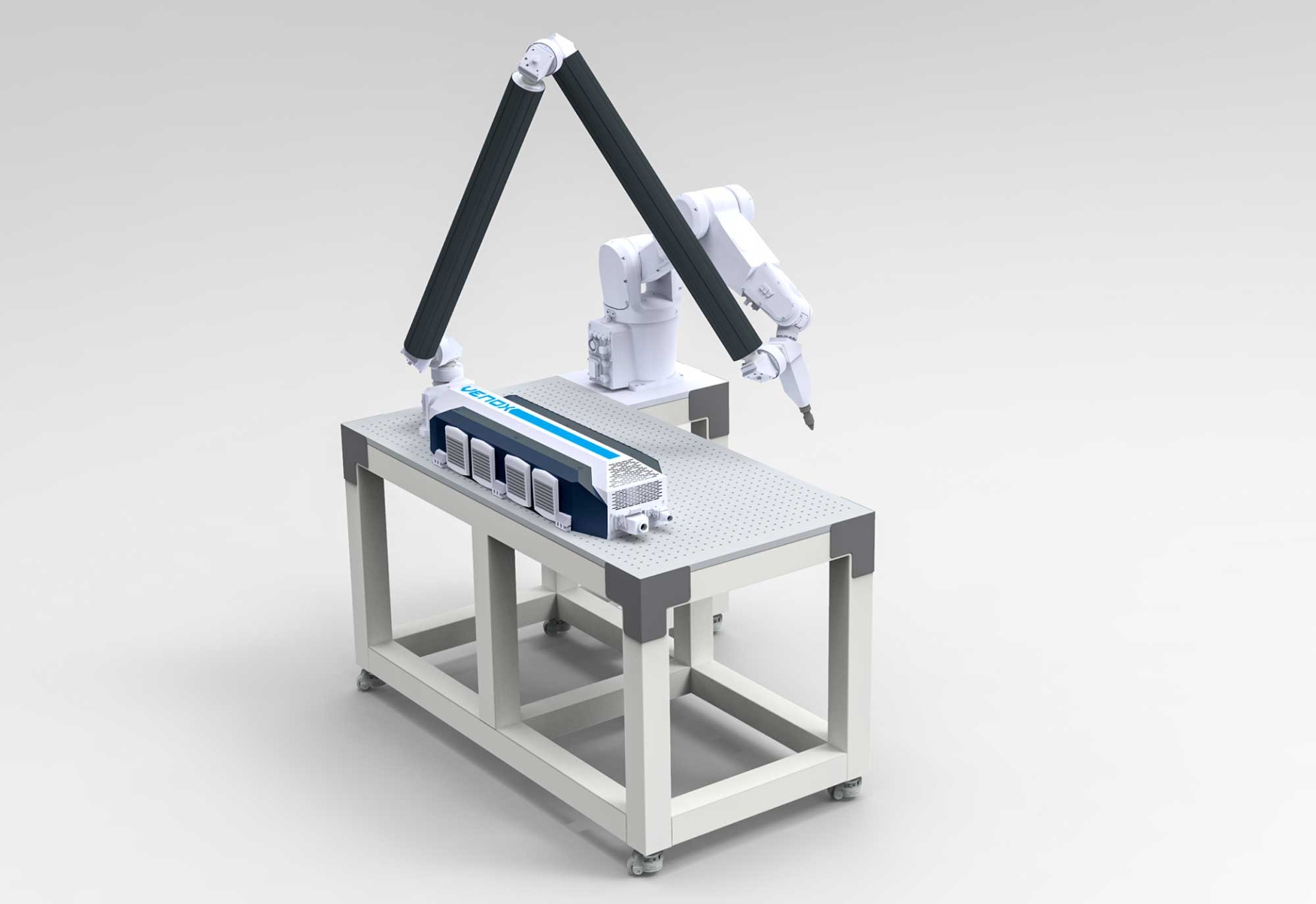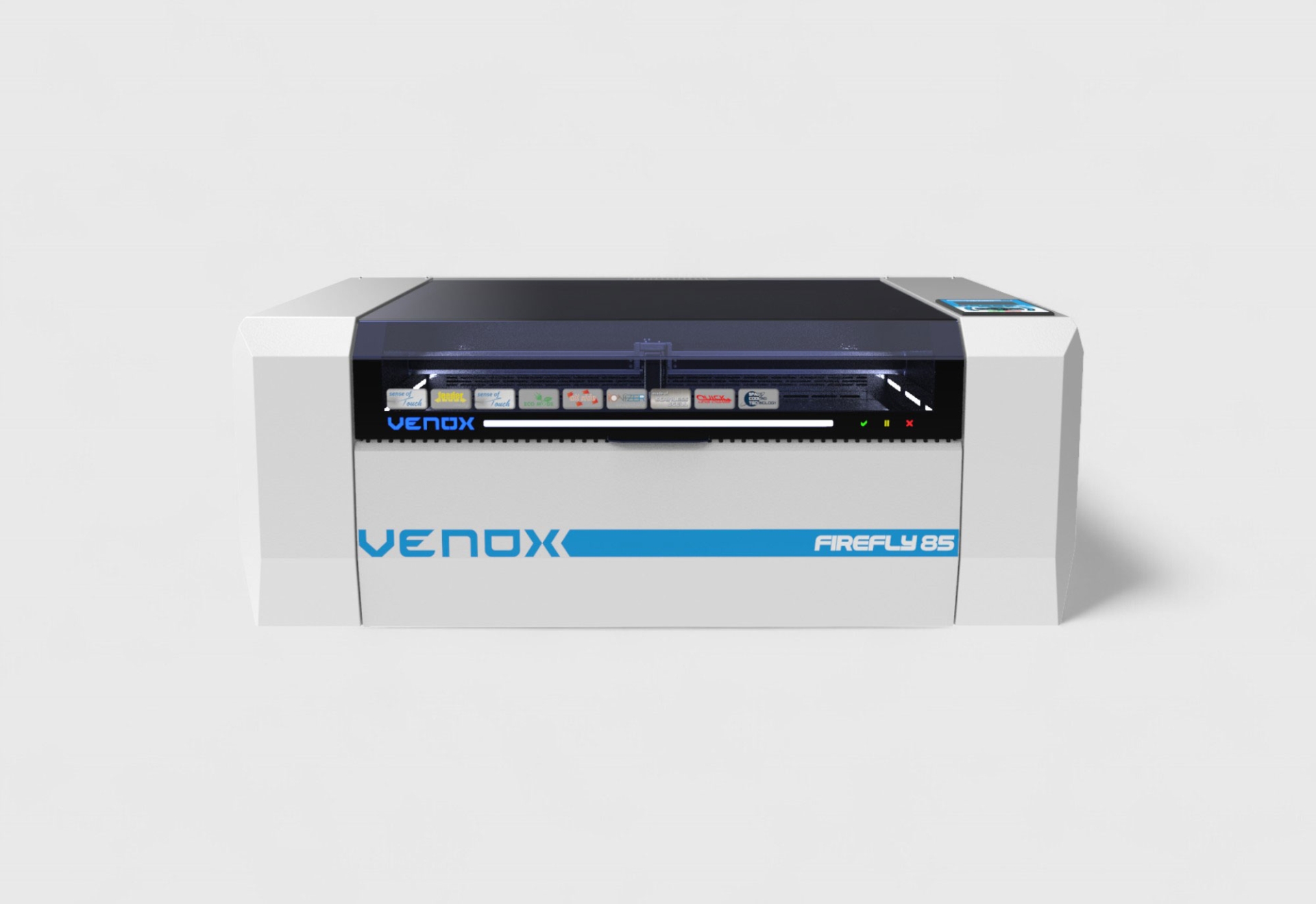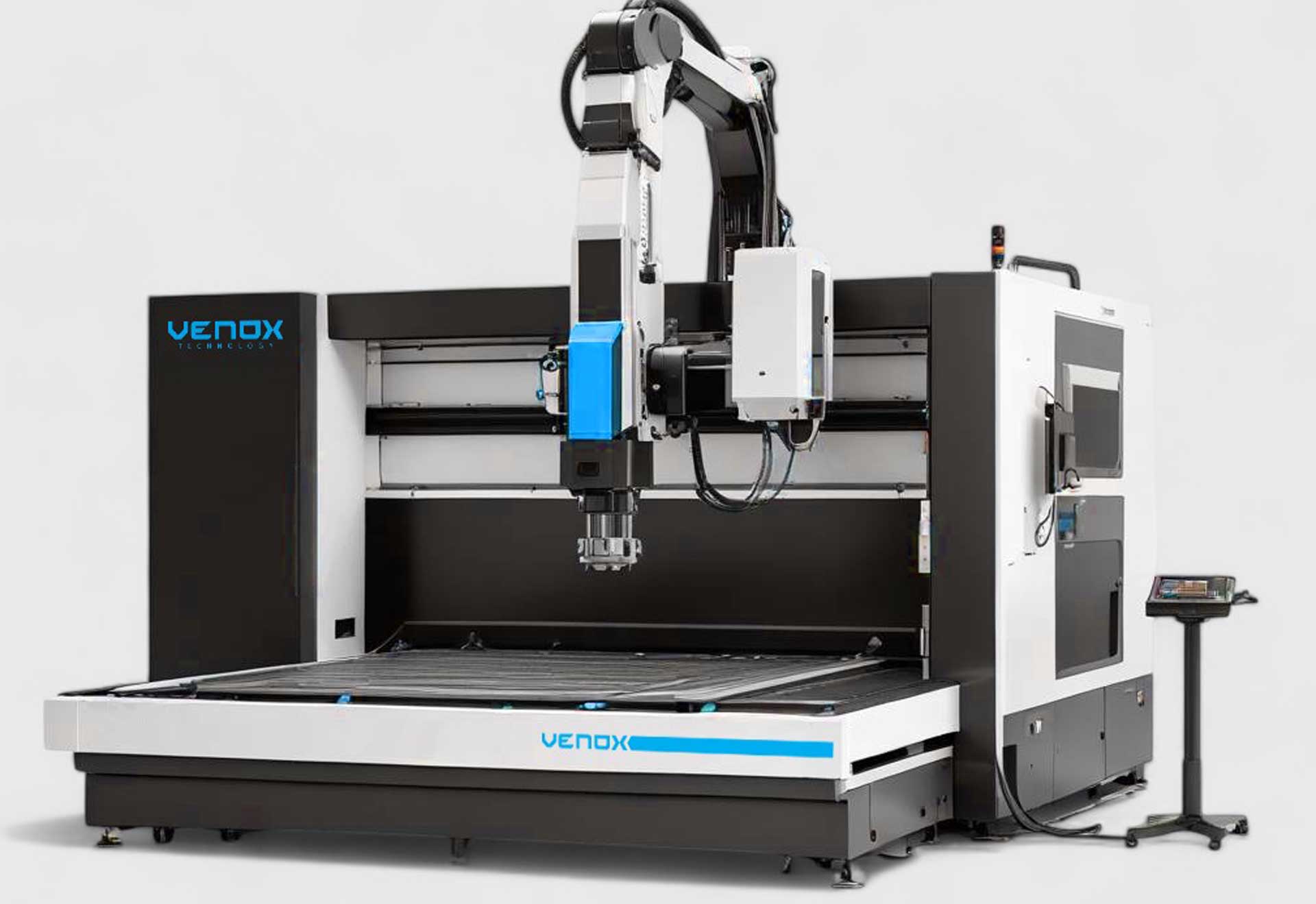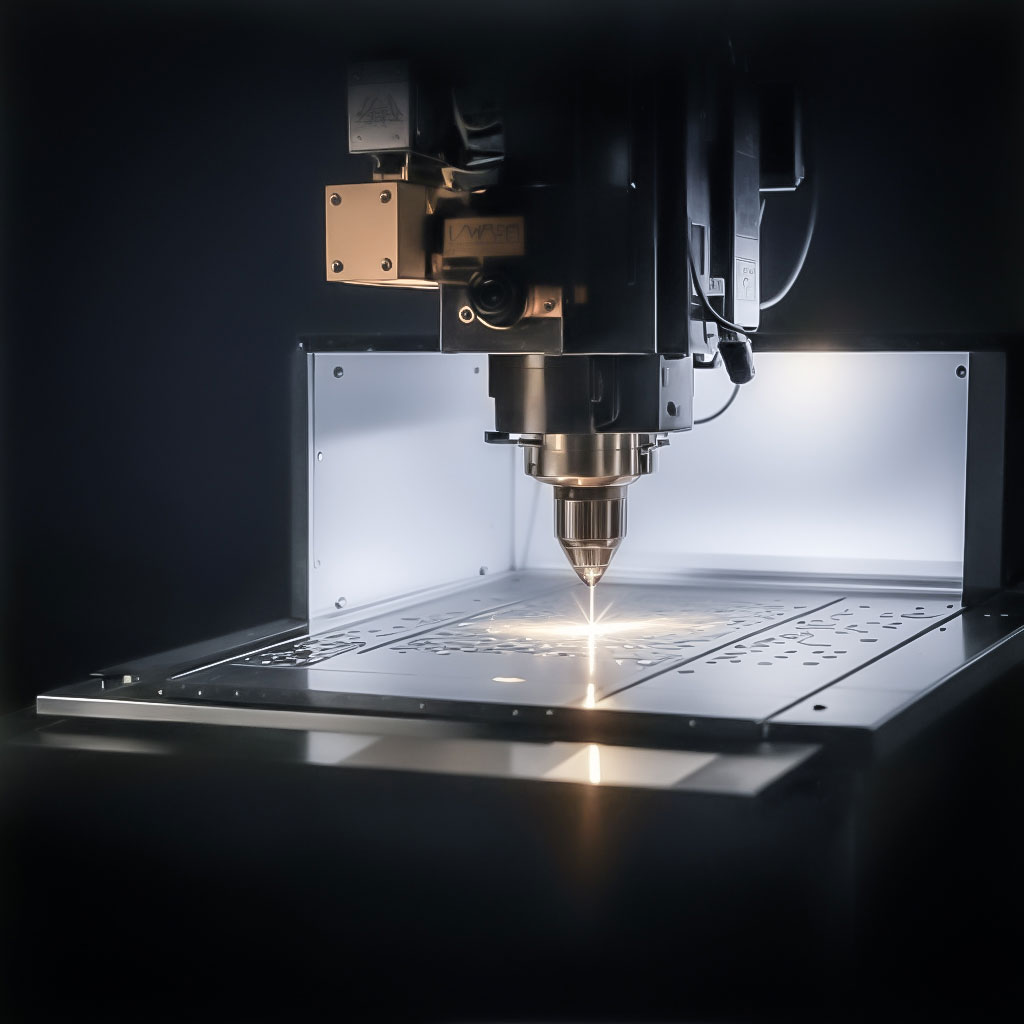What Is an Inline Laser Marking Machine?
Production Line–Oriented Design
An inline laser marking machine enables products to be marked quickly, permanently, and legibly while moving on mass-production lines. By integrating with conveyor belts, robot arms, and automation systems, it supports an uninterrupted production flow.
Method of Operation
The product is detected by a sensor on the production line and the laser head activates instantly. The laser beam focuses on the product surface to apply a serial number, QR code, barcode, or logo. This process occurs without stopping the product flow.
Advantages of Inline Laser Marking Machines
Fast and Uninterrupted Marking
Working in parallel with the product flow, the machine delivers high-quality marking even at high production speeds. This feature is ideal for factories with high-volume production.
Flexible Data Processing
Thanks to ERP and MES integration, product-specific data can be marked automatically. Different serial numbers or production dates for each product are processed with ease.
Low-Cost Solution
Since no consumables are used, operating costs are low. It also eliminates the need for labels and ink, making it an environmentally friendly alternative.
High Readability and Durability
When barcodes and QR codes are applied by laser, they maintain readability for a long time. They are resistant to abrasion, chemicals, and heat.
Applications
Automotive Industry
Chassis numbers, engine parts, and safety components are made traceable through laser marking.
Electronics and Home Appliances
Precise marking is performed on cables, circuit boards, chips, and plastic surfaces.
Food and Beverage Packaging
Lot number, expiry date, and barcode are applied directly onto the packaging. This is a hygienic solution that replaces ink printing.
Medical and Pharmaceutical Sector
Permanent marking can be applied to syringes, medicine boxes, surgical instruments, and sterile equipment. Visibility is maintained even after sterilization.
Technical Specifications
Laser Type Options
For metal surfaces, a fiber laser is preferred; for plastic and organic surfaces, a CO2 laser; and for glass and medical products, UV laser machines are preferred.
Automation and PLC Integration
The machine operates in full compatibility with the conveyor belts, robot arms, and PLC systems on the production line, ensuring uninterrupted manufacturing.
Software and Traceability
Marking machines provide traceability through barcode/QR code generation, database connectivity, and ERP/MES integration.
Quality Control Systems
Thanks to integrated camera systems, code readability is checked after marking. Mislabeling is detected instantly to prevent defective products.
Machine Selection Criteria
Production Capacity
The machine should be selected according to daily production volume. High-speed machines can mark hundreds of products in seconds.
Material Type
A machine with the appropriate laser source should be chosen for different surfaces such as metal, plastic, glass, or ceramic. Laser marking systems support this diversity.
Automation Compatibility
Machines compatible with the production line infrastructure and supporting PLCs should be chosen, which reduces integration costs.
Maintenance and Service
Machines with robust optical and mechanical components, low maintenance requirements, and fast service support should be preferred.
